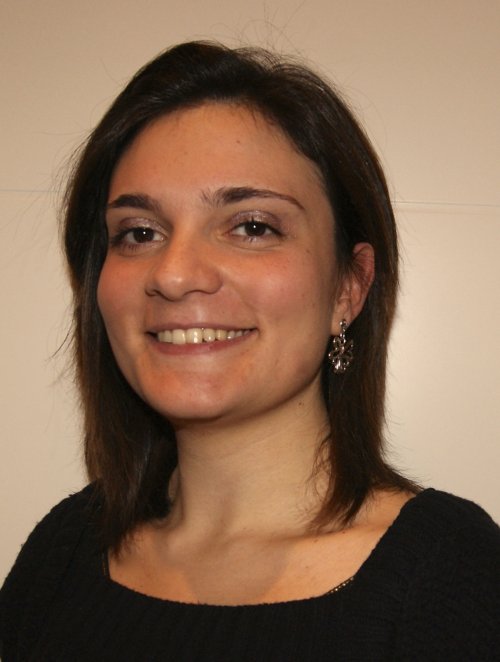Thermo-acoustic characterization of the burner-turbine interface in a can-annular combustor using cfd
Thermo-acoustic instabilities in high power density gas turbine engines need to be predicted and understood in order to avoid unexpected shutdown events or engine failure. To predict these instabilities, the acoustic behavior of the combustion system needs to be analyzed. The presented dissertation is focused on the combustor-turbine interaction for acoustic waves. The first part of the study is based on the acoustic reflection coefficient analysis, where the region of interest is located at the interface between the can-type combustion chamber and the first turbine stage. Simplified two-dimensional (2D) geometries and the corresponding three-dimensional (3D) engine alike turbine design have been investigated. The real engine case consists of a can-annular combustion chamber sector and the first vane section. Numerical simulation methods have been used in order to allow the analysis of complex geometries. Compressible Large Eddy Simulation (LES) resolving acoustic scales and providing accurate flow conditions is applied based on the open source Computational Fluid Dynamics package OpenFOAM. A forced response approach is applied imposing a sound wave excitation at the inlet of the combustion chamber. 
The applied Non Reflecting Boundary Conditions (NRBC) are verified for correct behavior and plausibility of the acoustic model set up. Multi-harmonic excitation with small amplitudes is used to preserve linearity. The post-processing for the geometries is performed using the two-microphone and the multi-microphone method in order to calculate the reflection coefficient and the acoustic impedance taking into account the effects of the mean flow. The numerical results obtained are compared to analytical formulae in order to test the validity of both approaches for the chosen geometries. In the second part of the work, the objective is to investigate the acoustic coupling between the cans, focusing on the turbine inlet section where the cans connect. After the previous analysis of 2D and 3D configurations consisting of transition part and first turbine vane row, the complexity has been increased focusing also on the interaction between two neighboring cans. While the annular combustor design is expected to suffer from the occurrence of transverse waves and burner-to-burner acoustic interaction, the can-annular combustor design should be less vulnerable to transverse waves and acoustic burner-to-burner interaction, as the burners are acoustically coupled only by means of the turbine stator stage and the plenum. Measurements in such machines, however, indicate that the pressure modes in neighboring cans synchronize and oscillate in or out of phase. This fact implies the existence of non-negligible cross-talk between neighboring cans and it justifies the usage of numerical methods in order to validate and confirm the experimental results obtained. A forced response approach is used also for this analysis. A can-can transfer function has been computed in this case in order to evaluate the percentage of the pressure waves transferred to the second can (can-can transfer function). A study of the reflection coefficient has been performed together with the investigation of the transfer function between the cans. Simplified 2D and 3D equivalent systems are investigated pointing out comparisons between the different configurations. The numerical outcomes will assist to find possible solutions able to reduce the cross-talk effect and they will underline the accurate agreement between correspondent 2D and 3D configurations, justifying the analysis of 2D systems to reduce CPU time. Finally an extension of the previous studies from purely static geometries to moving components has been investigated. An extension of the current solver into a moving-mesh combustion solver has been developed together with the generation of a mesh. As an outlook of the study, a final simulation with the 3D generated mesh needs to be completed with the aim to post-process the acoustics of the case. The method used to generate this final 3D mesh could be then used to couple more different gas turbine components, leading to a more accurate analysis of the interaction between various engine parts.
Starting-time: 10.45h Building Waaier - Prof.dr. G. Berkhoff-zaal





